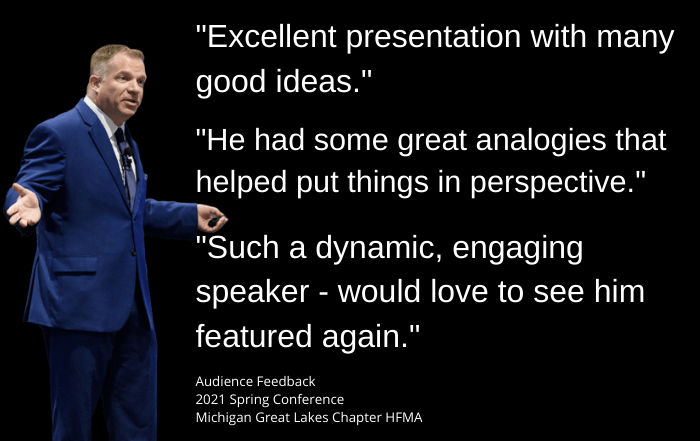 Your well-intentioned employees may sabotage your meetings. Whether in-person or virtual, you need these sessions to lead to successful decisions and outcomes. Instead, are they becoming a bottomless pit of wasted time?
Your well-intentioned employees may sabotage your meetings. Whether in-person or virtual, you need these sessions to lead to successful decisions and outcomes. Instead, are they becoming a bottomless pit of wasted time?
The problem isn’t the fact there’s a meeting but rather the behavior or habits of the people who are in the session. They are likely making it longer and less productive. And they probably don’t even realize it.
They are otherwise good colleagues. But when you give them an agenda, something goes wrong. The good news is that you can make sure they don’t sabotage your meetings with these tips:
Everyone Talks a Lot
In some organizations the business culture makes everyone feel they have to contribute to a discussion. Not talking is seen as losing power in the company hierarchy.
As a result, you get people talking, who really don’t know what they’re talking about. While they may mean well, they are the equivalent of a fan of a medical drama giving advice to a surgeon.
Create an environment where people understand that contributing to a conversation is welcome, if you’re adding something to the discussion. Repeating previously expressed points or going off on a tangent should be avoided, unless the meeting has been advertised as a brainstorming session.
The Good Times Meeting
These meetings tend to be very fun. People talk about what they watched on TV last night, jokes are told, and there’s a lot of laughter. It’s like a party.
But very little work is getting done. This scenario is especially common in organizations that are experiencing challenges. No one will make a tough decision that changes the future of the business. It’s a lot more fun to talk about what happened on your favorite streaming program.
Make sure the discussion stays focused on your agenda. Every item on your agenda needs to either have a resolution or a next step. If new topics emerge, then it’s up to the group to decide whether to address them immediately or schedule them for another time.
Otherwise, today’s challenge will continue to threaten the organization.
The Meeting Artist
This person spends the entire meeting doodling. During discussions, the artist’s attention is focused on drawing on a legal pad.
This a distraction. And while some may say they’re merely multi-tasking, would you want a pilot doodling, while landing an airplane? Put down your pencil or pen and focus on the meeting.
There are those who swear they think better while drawing. While some studies suggest this may be true, consider how the sketching affects the people who are sitting around the artist?
And imagine if you are the one addressing the group and you see people who seem more interested in drawing, then listening. Does that fill you with confidence?
Keep the focus on the meeting and it will move faster.
The Meeting Late Arrival
This person does not like meetings. Avoiding them is embraced as an art form. But the meeting is held for that person’s benefit. And it can’t move forward without their feedback or decisions.
Eventually, the person shows up, much like a party guest might arrive, fashionably late. “Tell me what I missed,” is usually the first thing asked.
Then everyone in the room must listen to what has already been discussed. Make sure all participants agree that they will not start the meeting until everyone has arrived. If someone is delayed or can’t make it, then reschedule the session.
Treat meetings like a surprise birthday party, where if a guest doesn’t come on time to hide behind the sofa, then the surprise is spoiled.
When You Sabotage Your Meetings, You Burn Money
Long meetings often become the equivalent of burning $20 or $50 bills. Look around the room at your next meeting. Calculate how much you’re paying people to sit in a room.
It adds up fast. Can you afford this loss of productivity at at time when challenges demand action? If a meeting does not lead to a next step, action, or a decision, then it is a net loss of productivity and likely money.






